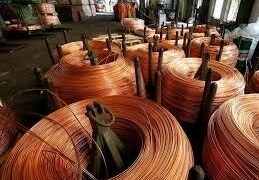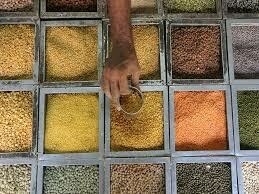The Iran Mercantile Exchange is studying the feasibility of launching a polypropylene futures contract, an exchange official said Wednesday.
Possible specifications for the proposed contract include a lot size of 10 mt and daily price limit of 3%-5% from the opening, the source said.
He said the study is looking for the “best underlying asset, market, market participants, risks, hedging needs of the downstream industries and physical market and other issues.”
The exchange is soliciting feedback from Iranian producers, traders and end-users.
Iran is expected to produce 815,000 mt of polypropylene in 2015, which would give it a net surplus of 363,000 mt after domestic demand, according to Platts estimates.
Iran has 905,000 mt of PP nameplate capacity, with much of it at Pars Special Energy Economic Zone near Assalouyeh and the Bandar Imam Petrochemical Complex in the southern Khuzestan province.
Industry sources said Iran’s National Petrochemical Co., which used to own the majority of PP capacity, has divested many projects into the private sector, notably the 300,000 mt/year Jam Polypropylene Co. plant at Assalouyeh.
A polymer trader in Tehran said most Iranian producers trade internationally through the Dalian Commodity Exchange, based in China.
He said he welcomed the IME’s study and said new futures contracts would boost liquidity and price discovery of the commodity domestically.
But the trader said Iran needs better infrastructure to boost exports.
An analyst with the Chicago Mercantile Exchange said it might take some time for Iran to develop the conditions for robust new futures markets.
“Varied producers, traders and end-users, healthy liquidity of the underlying asset, and price transparency are important features of a successful derivative,” he said.
After nearly two years of talks, Iran and six world powers on July 14 struck a historic nuclear deal that, if implemented, will lift a raft of international sanctions and allow it to rejoin the global financial system.
International buyers currently do not directly trade on the IME, rather they trade through the exchange’s network of agents located in countries like the UAE, Singapore and India.

























